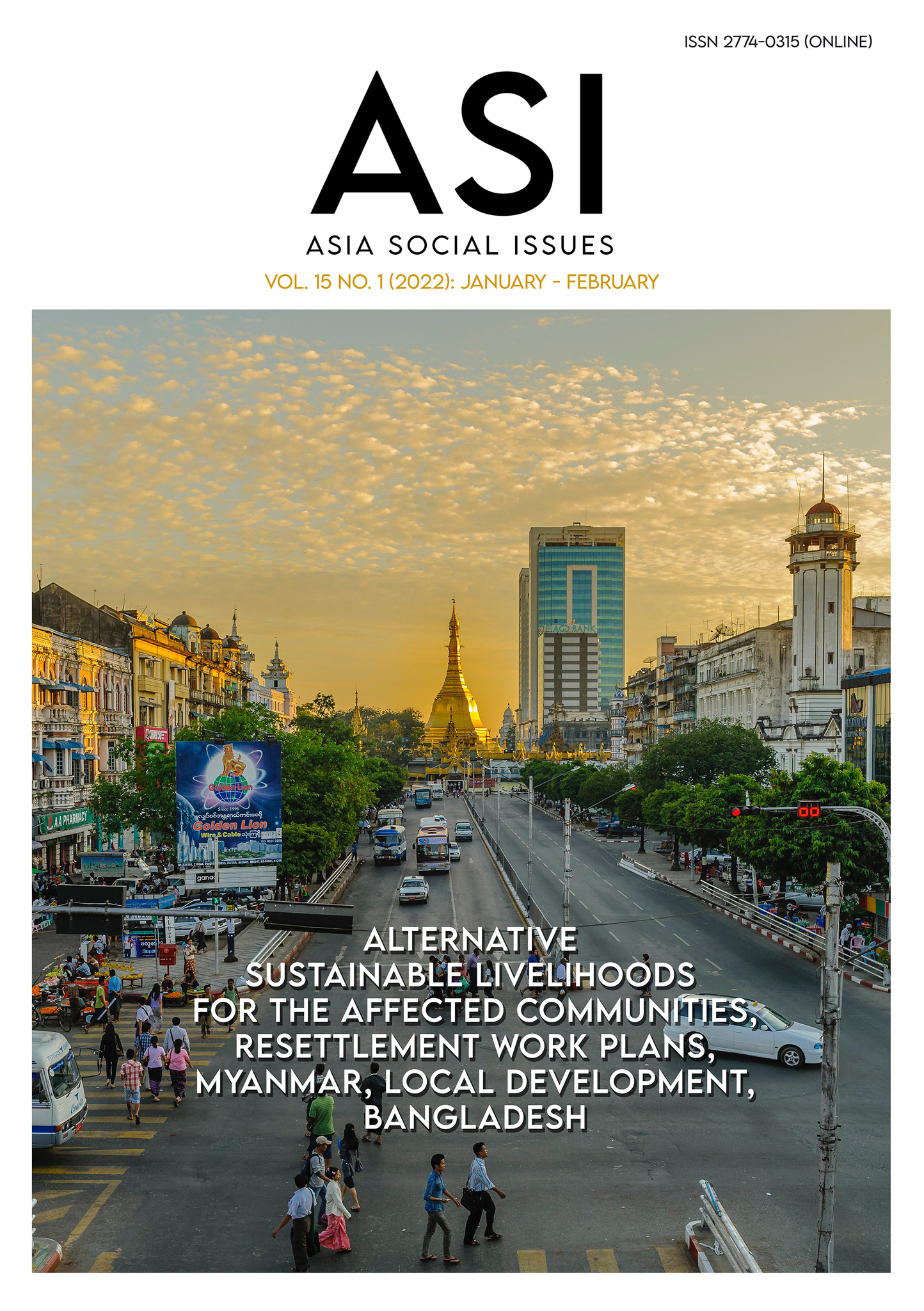The Success behind the World’s Best Airport: The Rise of the Changi
Main Article Content
Abstract
Singapore Changi International Airport received the World's Best Airport from Skytrax. This was the 8th consecutive year that Changi won this renowned award. This paper aims to investigate Changi’s overall business operations to track its accomplishments in airport development. Examining the lessons learned by using a descriptive analysis under the Business Model Canvas (BMC) framework, the results reveal that Singapore Changi International Airport is a destination in itself. This concept affects customers' segmentation, which links to different value propositions deriving from using key resources and synergy among strategic partnerships. This paper also suggests that sustainability should be added to the BMC framework since it is another component behind the airport’s success. The practical contributions deriving from the lessons learned are presented.
Article Details
Copyright: CC BY-NC-ND 4.0
References
Assaf, A. G., & Gillen, D. (2012). Measuring the joint impact of governance form and economic regulation on airport efficiency. European Journal of Operational Research, 220(1), 187-198.
Changi Airport Group. (2013a). Future ready: Annual report 2012/2013. Retrieved from https://www.changiairport.com/corporate/media-centre.html
Changi Airport Group. (2013b). Many partners many missions one Changi: Annual report 2010/2012. Retrieved from https://www.changiairport.com/corporate/media-centre.html
Changi Airport Group. (2017). Annual report 2015/2016. Retrieved from https://www.changiairport.com/corporate/media-centre.html
Changi Airport Group. (2018). Annual report 2016/2017. Retrieved from https://www.changiairport.com/corporate/media-centre.html
Changi Airport Group. (2019). Annual report 2017/2018. Retrieved from https://www.changiairport.com/corporate/media-centre.html
Changi Airport Group. (2020a). A decade of distintion: Annual report 2018/2019. Retrieved from https://www.changiairport.com/corporate/media-centre.html
Changi Airport Group. (2020b). Resilience and adaptability: Annual report 2019/2020. Retrieved from https://www.changiairport.com/corporate/media-centre.html
Dawes, J., & Rowley, J. (1996). The waiting experience: Towards service quality in the leisure industry. International Journal of Contemporary Hospitality Management, 8(1), 16-21.
De Neufville, R., & Odoni, A. (2013). Airport systems: Planning, design, and management. USA: McGraw-Hill Professional.
Graham, A. (2009). How important are commercial revenues to today's airports? Journal of Air Transport Management, 15(3), 106-111.
Hui, T. K., & Wan, T. W. D. (2003). Singapore's image as a tourist destination. International Journal of Tourism Research, 5(4), 305-313.
Kalakou, S., & Macário, R. (2013). An innovative framework for the study and structure of airport business models. Case Studies on Transport Policy, 1(1-2), 2-17.
Kishnani, N. (2002). Designing the world's best Singpore Changi Airport. Singapore: CPG Consultants Pte.
Lohmann, G., Albers, S., Koch, B., & Pavlovich, K. (2009). From hub to tourist destination: An explorative study of Singapore and Dubai’s aviation-based transformation. Journal of Air Transport Management, 15(5), 205-211.
Osterwalder, A., & Pigneur, Y. (2010). Business model generation: A handbook for visionaries, game changers, and challengers. Canada: John Wiley & Sons.
Oum, T. H., Yan, J., & Yu, C. (2008). Ownership forms matter for airport efficiency: A stochastic frontier investigation of worldwide airports. Journal of Urban Economics, 64(2), 422-435.
Wu, H., & Tsui, K. W. H. (2020). Does a reward program affect customers’ behavioural intention of visiting the airport? A case study of Singapore Changi Airport. Journal of Air Transport Management, 82, 1-15.


